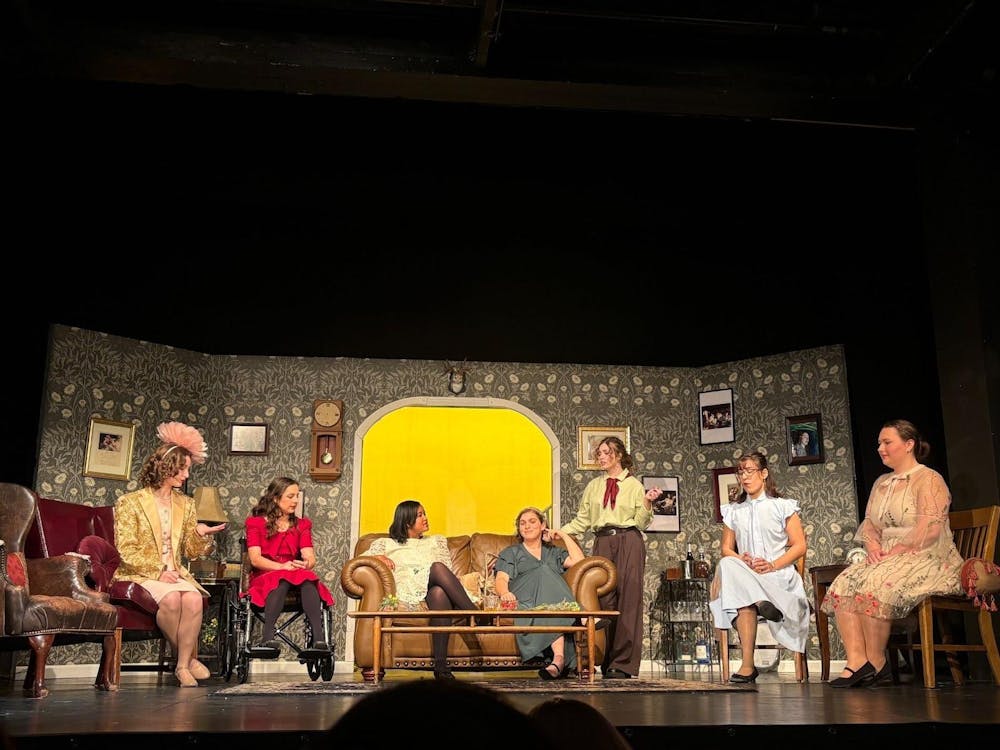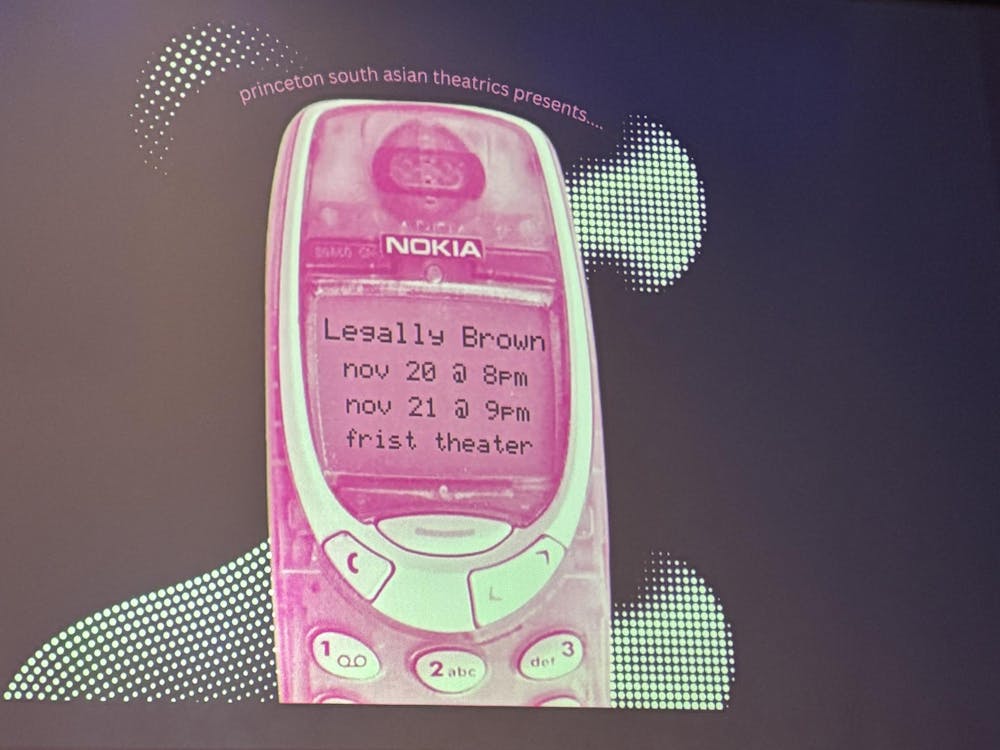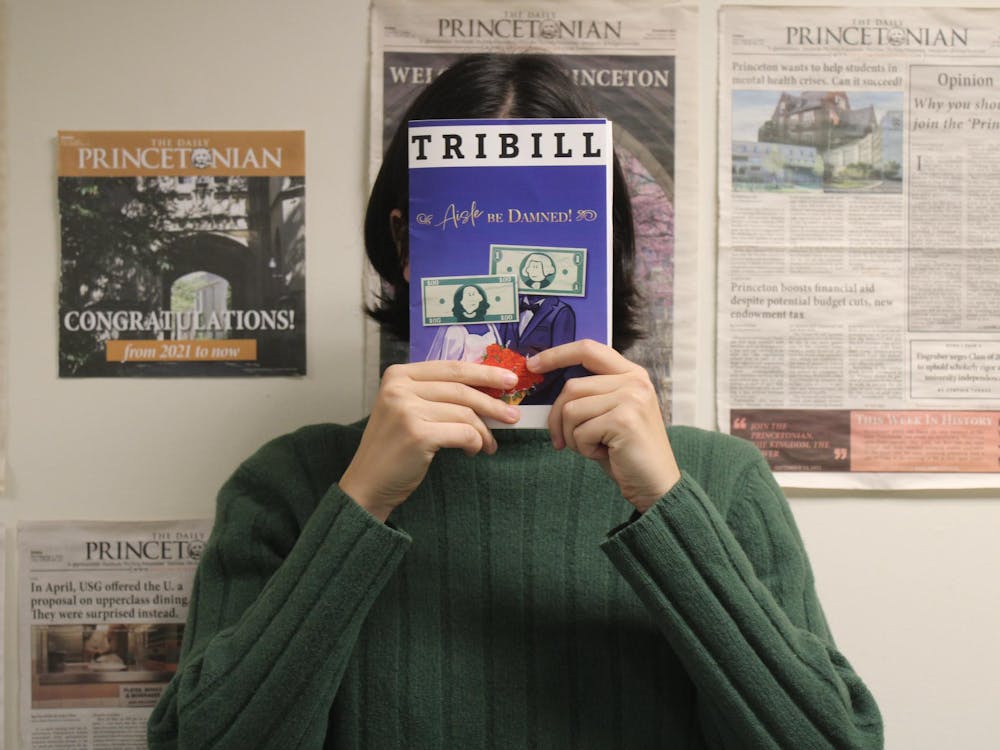George is a linguist, fluent in nine languages, whose goal in life is to record as many dying languages as he can before their last speakers pass away. Mary is a housewife who gave up her passion for baking in order to marry George. Predictably, their marriage is an unhappy one, and matters come to a head when George expresses his confusion at Mary’s constant weeping, as well as the notes that she anonymously leaves around the house for him to find. Mary retorts that George does not weep enough and threatens to leave him. “The Language Archive,” a play by Julia Cho, explores George’s struggles as he searches for the right words in his exceptional vocabulary to convince her to stay.
Since Cho does not detail how productions should create settings, merely proposing that the movements between scenes proceed fluidly, Theatre Intime receives a fair amount of discretion in how to design the set. Its choices invoke a cozy mood that seems to date fromsometime before the turn of the 21st century. For instance, the couple's home, illuminated with low lighting, contains a small sink, a comfortable red armchair and enormous stacks of old books befitting an academic of George’s stature. The photographs on the wall depicting George and Mary in happier times are a nice touch. Their home contrasts with George’s office, the titular language archive, a brightly lit workplace filled with recording equipment and old-fashioned cathode ray tube televisions. Here George, along with his assistant Emma, undertakes his life’s work of preserving lost languages — although their donning of white lab coats to perform linguistics research is a bit unrealistic. Another setting of note is the Blue Tulip Bakeshop, where white wood paneling and plentiful loaves of fresh bread lure in customers with a delicious aroma. The warmth of the bakeshop clears the air for honest dialogue between characters within. Set designer Michaela Karis ’14 has taken full advantage of the liberty given to her in the script to create settings that work well for the play.
The actors use the space created by Karis to great effect. Chris Littlewood ’16 stars as George, the play’s protagonist, who must save both a dying language and his dying marriage. The irony of his predicament is clear: A man whose profession is linguistics cannot find the words to tell his wife what she needs to hear. As George, Littlewood delivers a moving monologue to the audience about how his heart beats out an incessant rhythm begging Mary, played byErin O’Brien ’16, to stay. However, when he turns to speak to her, he can only hesitantly mumble “Don’t go,” with his voice rising uncertainly as if asking a question. He retreats for a little while into his work, where his current task is to record the Ellowan language from its last two speakers, husband and wife Resten and Alta, portrayed by David Drew ’14and Abby Melick ’17, respectively.
While Resten and Alta provide some comic relief, the Ellowan couple's role in the playis primarily a contrast toGeorge and Mary'sfaltering relationship. Drew plays his part convincingly, coming across as a grumpy and somewhat bitter, but ultimately loveable, old man. True to their purpose of portraying a genuinely heartfelt relationship, Drew and Melick succeed in realistically playing these characters, who occasionally have their squabbles but love each other deeply, as evident in their gestures and the glances they cast at each other.
George’s assistant, Emma (Emily Hornsby ’14), offers more glimpses into George’s character through her unrequited love for him. Hornsby captures Emma’s ambivalence over her situation: Not only does she pursue a workplace romance with her employer, but also the object of her affections is still married. Hornsby progresses through the emotions of longing, hope, determination and self-reflection as her character looks within herself to discover what she really wants.
This play contains some particularly well-acted scenes by the Theatre Intime cast. Both Mary and Emma, the two women who feature most prominently in George’s life, act in contrasting ways to emphasize their different relationships with George. Hornsby’s Emma shows deference to George, since he is her boss, but she also stands near to him and radiantly watches his face when he speaks. She also has more physical contact with George. In one scene, they share a hug, which is more contact than the audience sees between George and Mary. When Mary talks to George, O’Brien and Littlewood stand apart. Both literally and figuratively, the distance is growing between these two. Cues like these help the audience hone in on the contrasting natures of George’s relationships with these two women.
Directed by Annika Bennett ’15, Theatre Intime’s production of “The Language Archive” depicts the two-fronted struggles facing George. With masterful use of space and a well-designed set, Theatre Intime succeeds in putting on this impactful and emotional play about the intersection between language and love.

5 out of 5 paws
Pros: Excellent set creates mood of play; refined acting.
Cons: None.








